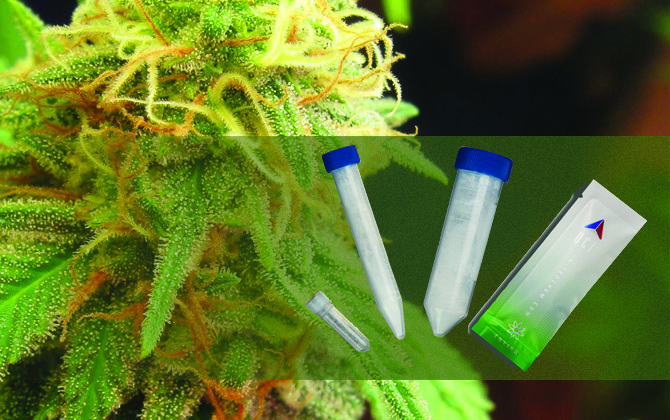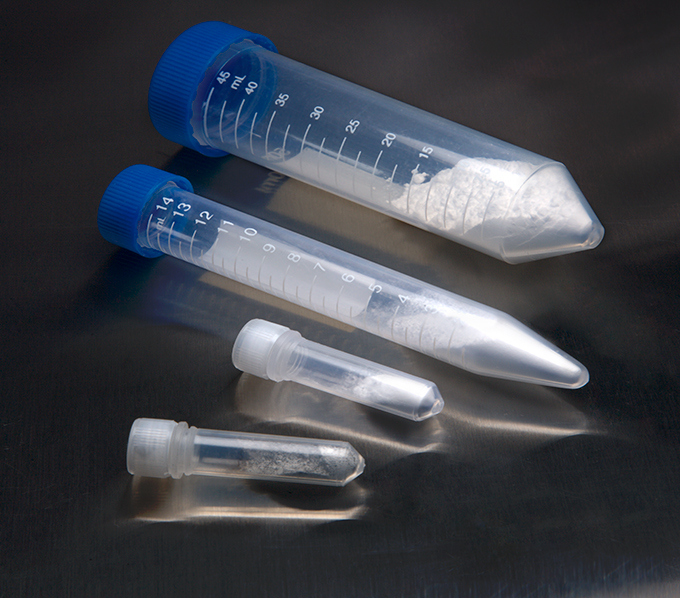UCT Silane Cited in Plasmon Research Study
Ultrasensitive and selective detection and quantification of dopamine (DA) plays a key role in monitoring neurodegenerative diseases and the detection limit reported is typically in the lower nanomolar range. Pushing the detection limit to picomolar (pM) or lower for this particular target to cover the physiological levels (< 130 pM) is significant. In the following article, DA DNA aptamer (DAAPT) gold nanoparticle (AuNP) conjugate is utilized to enhance the surface plasmon resonance (SPR) signal, which enables to detect and quantify DA in the femtomolar (200 fM) to pM range.
In a recent study published in bioRxivn (http://dx.doi.org/10.1101/273078) authored by Yong Cao and Mark T. McDermott, UCT’s silane Tridecafluoro-1,1,2,2-tetrahydrooctyl)- 1-dimethylchlorosilane was used to determine DA at fM concentrations using a gold nanoparticle enhanced surface plasmon resonance aptasensor. In the methodology, metal films of chromium (2 nanometer (nm)) and gold (42 nm) were sequentially coated on the glass substrate through the mask. After removal from the evaporator, the substrates were then exposed to a vapor of (tridecafluoro-1,1,2,2-tetrahydrooctyl)-1- dimethylchlorosilane under reduced pressure for 24 hours to create a hydrophobic background on the glass surface. The authors report that using the above methodology, the lowest known detection limit for SPR sensing of DA was achieved.
For more information about UCT Specialty chemicals, please visit our Specialties website.





